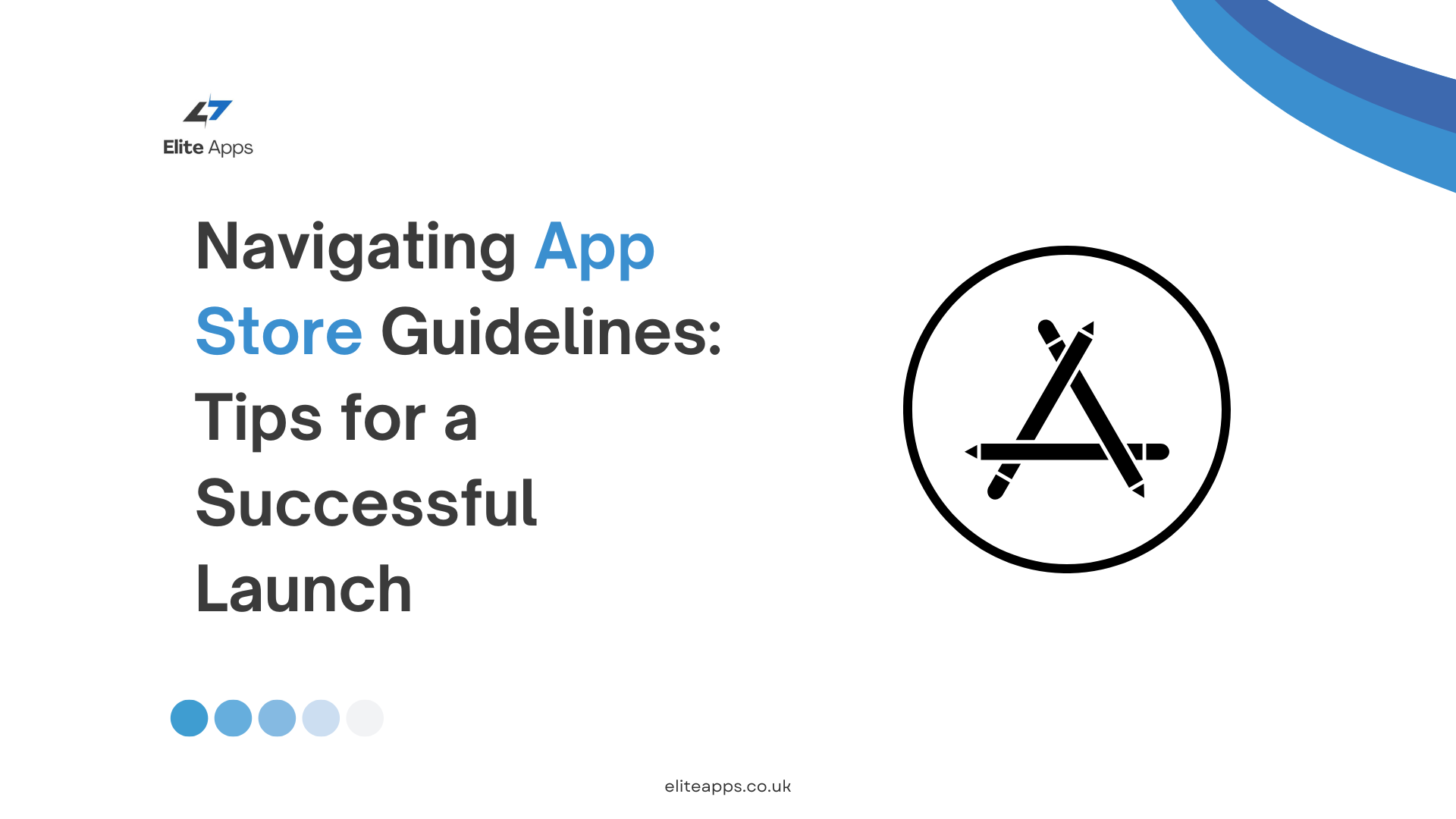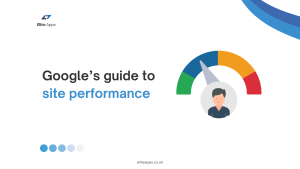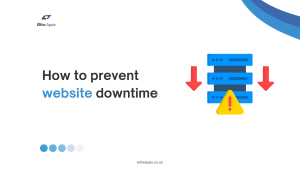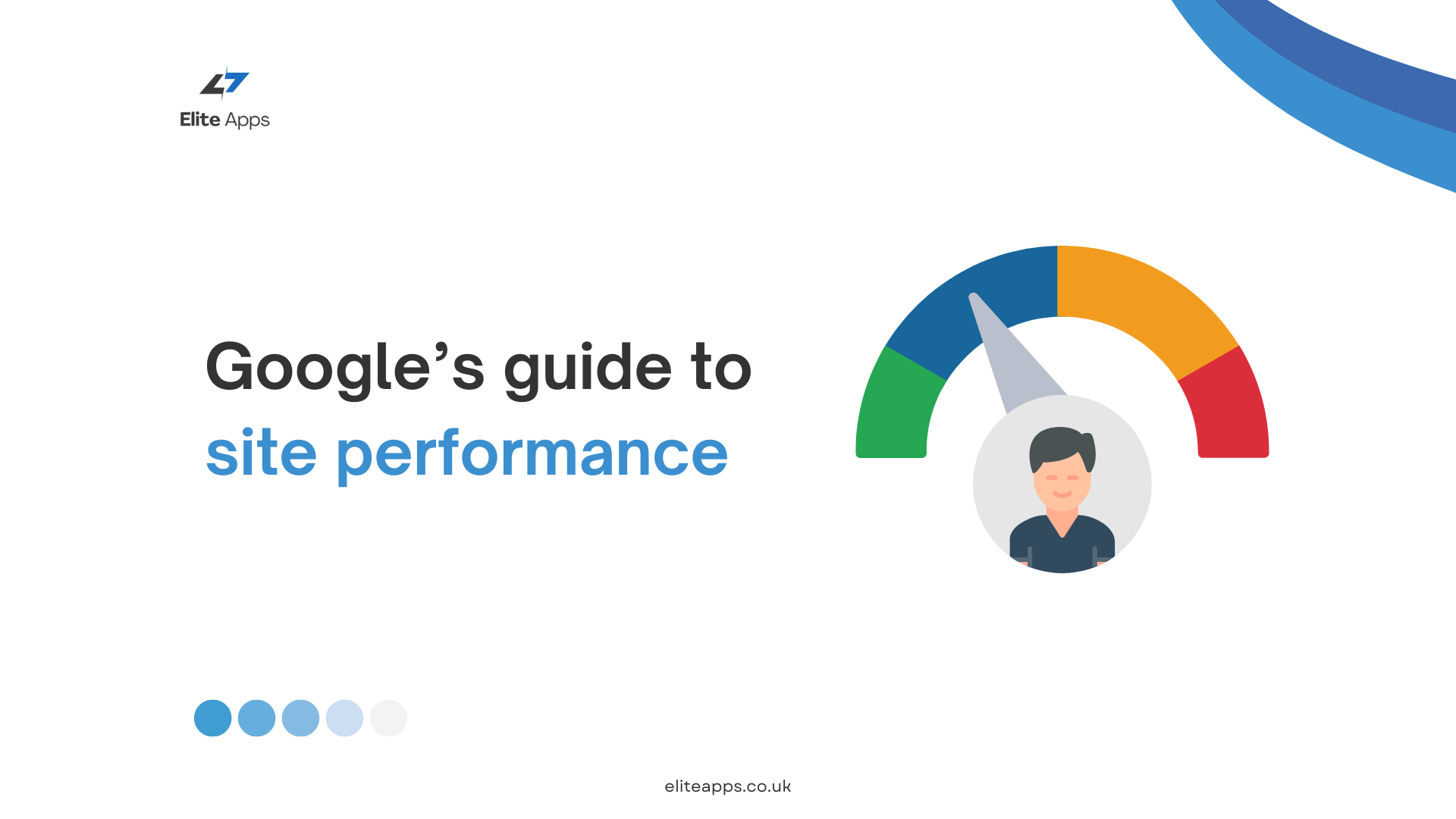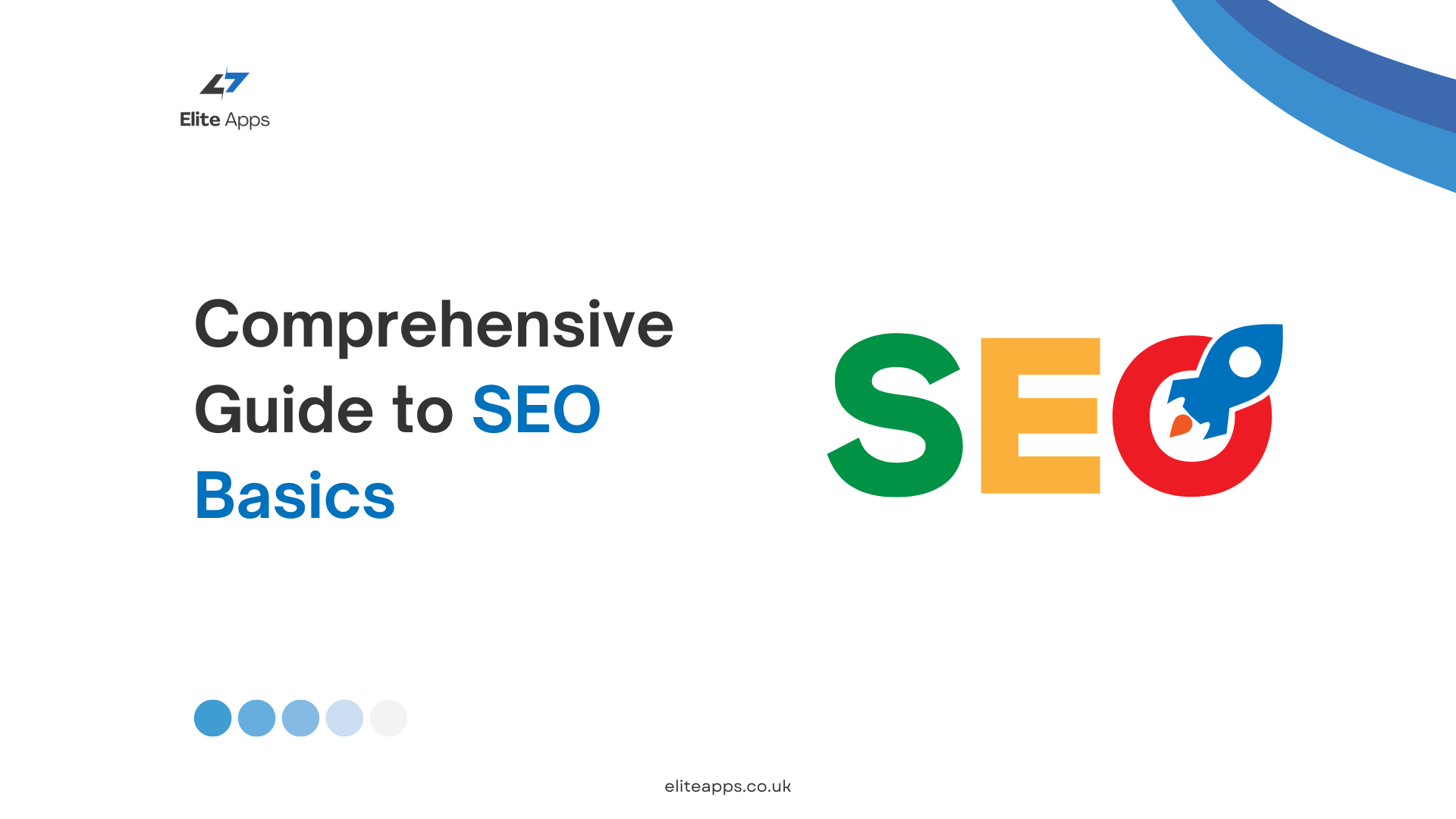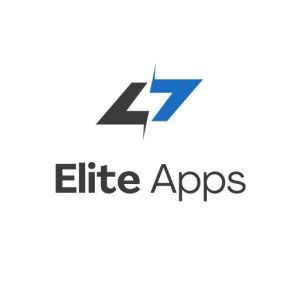Navigating App Store Guidelines: Tips for a Successful Launch
Launching an app is an exciting milestone, but ensuring that it complies with app store guidelines is critical to avoid delays or rejections. Whether you’re releasing your app on the Apple App Store or Google Play, both platforms have stringent rules that developers must follow. Navigating these guidelines can be challenging, but with the right approach, you can set your app up for a smooth and successful launch. Here are some key tips to guide you through the process.
1. Understand the Platform Guidelines
Each app store has its own set of guidelines, which are frequently updated to reflect changes in technology, user expectations, and security standards. Familiarize yourself with these documents from the outset to avoid surprises later. For instance:
- Apple App Store: Review Apple’s App Store Review Guidelines for a detailed look at what is allowed and prohibited.
- Google Play: Refer to Google’s Developer Program Policies to ensure your app meets their standards.
Both platforms focus on quality, security, and user privacy, so these elements should be central to your app’s design.
2. Optimize for User Experience (UX)
A key reason for app rejection is a poor user experience. Ensure your app delivers a smooth, intuitive, and responsive interface. Consider factors like:
- Ease of navigation: Your app should be easy to navigate, with a logical flow between screens.
- No crashes or bugs: Test your app thoroughly to avoid crashes. Even one crash during review can result in rejection.
- Performance: Ensure your app runs efficiently on various devices and screen sizes. This is especially important for Android apps due to the wide range of devices available.
Both Google and Apple emphasize user-friendly design, so optimizing the UX not only enhances your chances of approval but also improves your app’s long-term success.
3. Privacy and Data Security
Privacy is a top concern for app stores, especially in light of regulations like the GDPR and CCPA. Both Apple and Google expect apps to handle user data responsibly and transparently. Make sure to:
- Include a privacy policy: Both app stores require a clear privacy policy detailing how user data is collected, used, and shared. This is a common reason apps are rejected.
- Request only necessary permissions: Your app should ask for permissions relevant to its functionality. Requesting unnecessary access to sensitive data like location or contacts can lead to rejection.
- Implement data encryption: Ensure that any sensitive data transmitted by your app is encrypted to protect user privacy.
For Apple, if your app collects user data, you’ll also need to complete the App Privacy Details on the App Store Connect. Google Play has similar requirements with its Data Safety section.
4. Adhere to Content Guidelines
App store content policies are strict when it comes to appropriateness, safety, and legality. Your app’s content, including user-generated content, should comply with the following:
- No inappropriate content: Apps with content that is violent, sexually explicit, discriminatory, or harmful will be rejected.
- Respect intellectual property: Ensure your app doesn’t infringe on copyrights or trademarks. For instance, avoid using unauthorized third-party content or branding.
- Filter user-generated content: If your app allows user-generated content (e.g., social apps, forums), you’ll need to include mechanisms for content moderation, such as flagging inappropriate posts.
For instance, Apple enforces strict guidelines on apps featuring gambling, while Google Play has policies around content related to health and finance. Always ensure your app fits within these rules.
5. Prepare Your App Listing Carefully
Your app’s listing is just as important as the app itself when it comes to approval. This includes your app’s name, description, screenshots, and keywords. Follow these tips:
- App name: Ensure that your app name is unique, relevant, and adheres to platform length limits (30 characters for Apple, 50 characters for Google).
- Description: Write a clear, concise description of what your app does. Avoid keyword stuffing or making false claims.
- Screenshots and videos: Use high-quality screenshots that show off your app’s core functionality. If you include a video, make sure it reflects the app’s actual features.
- Keywords and metadata: Choose relevant keywords, but don’t use trademarks you don’t own or misleading terms. Proper metadata helps your app get discovered by users and meet app store criteria.
6. Test Your App on Multiple Devices
Both Apple and Google test apps across multiple devices before approval. For iOS, ensure your app works seamlessly on the full range of Apple devices, from iPhones to iPads. For Android, given the diversity of devices, you need to be even more rigorous in testing.
- Device compatibility: Test on different screen sizes, operating systems, and hardware configurations.
- Beta testing: Before submission, consider a beta test to gather user feedback and fix any issues. Google Play allows for open or closed beta testing, while Apple offers TestFlight for iOS beta testing.
7. Follow In-App Purchase (IAP) Rules
If your app includes in-app purchases (IAPs), you must adhere to platform-specific guidelines. For instance:
- Apple: Apps offering digital goods or services must use Apple’s in-app purchase system, which includes a 30% commission. Apple is strict about enforcing this policy.
- Google: Similarly, Google Play requires apps offering digital products to use their in-app billing system, with its own commission structure.
Failure to follow these IAP rules can result in rejection or removal from the store.
8. Monitor App Store Updates
Both Apple and Google frequently update their guidelines, so it’s essential to stay informed. Major platform updates, such as the release of a new iOS or Android version, can bring new rules and standards that your app must meet. Subscribing to newsletters or developer forums can help you stay ahead of any changes.
Conclusion
Navigating app store guidelines can be a complex process, but by following these tips, you can significantly improve your chances of launching successfully. By understanding the guidelines, optimizing your app for user experience, prioritizing data privacy, and adhering to content policies, your app can avoid common pitfalls that lead to rejection. Remember that a successful launch is not just about creating a great app—it’s also about ensuring your app aligns with the platform’s expectations and delivering a high-quality, compliant product.
Taking the time to carefully plan your launch and ensure compliance will ultimately save you time and resources, ensuring your app reaches its audience quickly and effectively.

